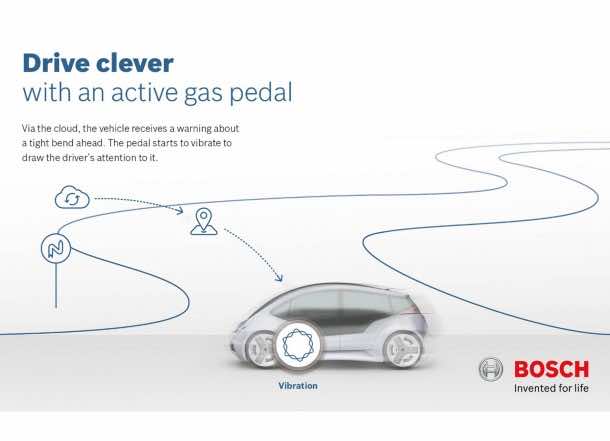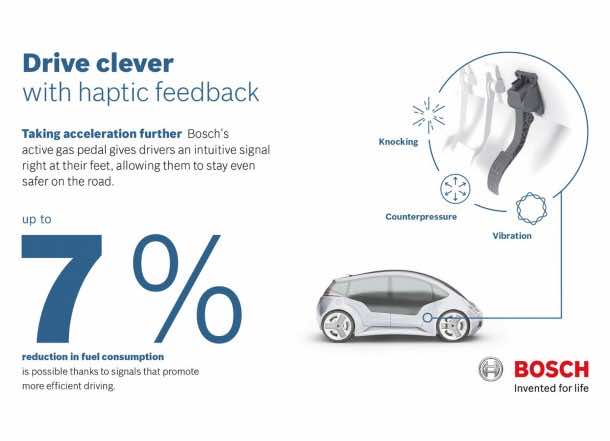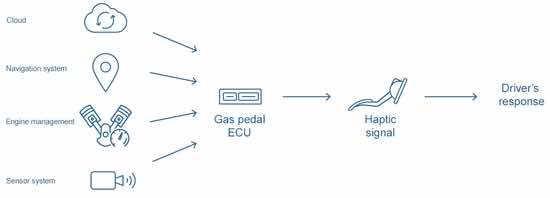The idea of haptic feedback in gadgets isn’t new. In fact, it has been around for quite some time now. The original equipment suppliers such as Continental and Bosch have been trying to build on the idea of haptic feedback by incorporating haptic throttle pedals that respond with forced feedback or vibrate to indicate any activity that might be considered not fuel efficient. Bosch has recently added a fuel-savings number to this idea and well, we are amazed by the wonderful innovation.
The company suggests a collaboration between the haptic feedback technology and electronic controls that are already being used in a number of fuel-conscious vehicles in order to bring fuel economy to the next level.
A large number of vehicles that are economy conscious already feature controls that inhibit the throttle response during different driving modes. This may remove some of the ‘kick’ from the driver’s perspective but does so without causing any issues if a sudden throttle response is needed for an emergency maneuver.
The actual fuel-saving potential lies in the start-stop coasting that is the name given to the situation where the engine is switched off when the vehicle is still moving and the speed is maintained via ‘coasting’ and re-engaging of the engine and drivetrain autonomously. According to Bosch, haptic feedback can be incorporated into this scenario to alert the driver to enter the ‘coasting mode’ in order to save fuel. The hybrids and plug-ins could make use of haptic pedal for alerting the driver when the car’s combustion engine is about to be engaged, thus giving them the chance of lightening pressure on the pedal to continue in the electric-only mode.
According to Bosch, if some or all of these features are implemented on a conventional vehicle, the drivers would be able to drop fuel consumption by 7%. Bosch also believes that this technology could be used to determine the best time to shift gears in manual transmission cars. Let’s see how long it takes before this technology becomes a reality!


